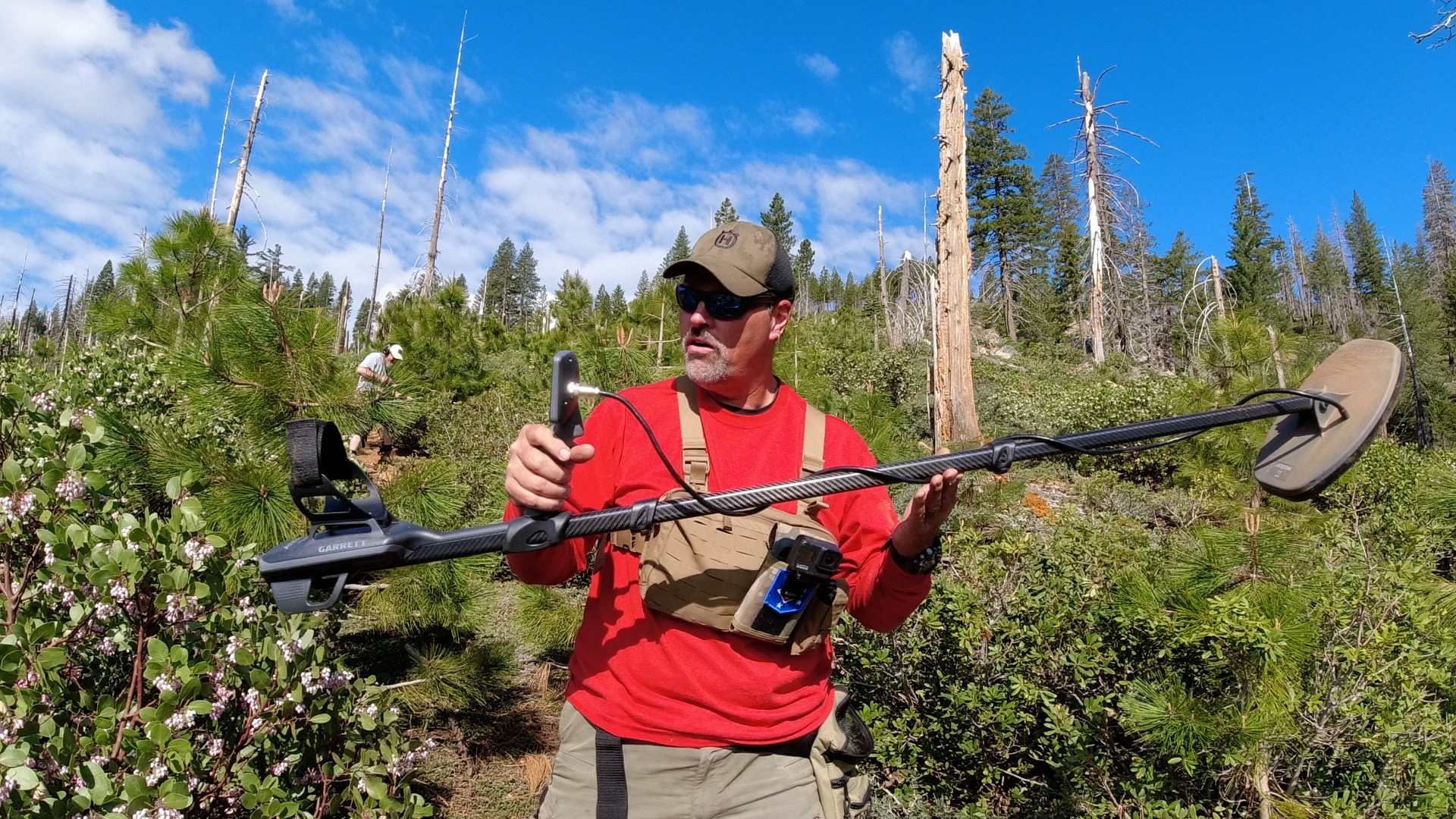Prospecting & Detecting
The Fine Art of Panning Heavy Sands
October 2011 by Jim Halloran
The fine art of panning heavy sands requires a measure of patience. If you enjoy panning gold, you ought to enjoy this too, once you get the hang of it.Modern-Day Claim Jumping
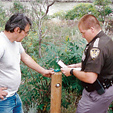 We soon found that our discovery post and other claim markers were gone and replaced with new posts and a notice of location with an earlier date than had been on our notice of location.
We soon found that our discovery post and other claim markers were gone and replaced with new posts and a notice of location with an earlier date than had been on our notice of location.
Prospecting for Gold in Baja California
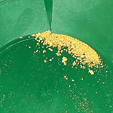 It was one of those awkward situations as we walked, fatigued and too thirsty to speak a word.
It was one of those awkward situations as we walked, fatigued and too thirsty to speak a word.
Memories of Shirttail Creek, Northern California
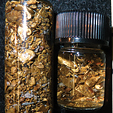 …for a few hours, we fervently dug for gold. After we did a cleanup, I couldn’t believe the amount we got.
…for a few hours, we fervently dug for gold. After we did a cleanup, I couldn’t believe the amount we got.
The Highs and Lows of Drywashing
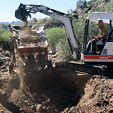 We were met with a plethora of mechanical problems with the dry washer and even a few with the excavator that were at times frustrating, but we were in this for the long haul, so we needed to solve these problems and move forward.
We were met with a plethora of mechanical problems with the dry washer and even a few with the excavator that were at times frustrating, but we were in this for the long haul, so we needed to solve these problems and move forward.
The Joys of Desert Prospecting
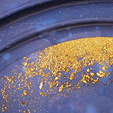 …since many miners have wandered these hills over the years, you have to sometimes be a little more creative and unconventional in your methods to hopefully find new deposits.
…since many miners have wandered these hills over the years, you have to sometimes be a little more creative and unconventional in your methods to hopefully find new deposits.
Subscription Required:
The Bawl Mill
• Legislative And Regulatory Update
• Ask The Experts—Separating platinum from sands using bubbles
• Ask The Experts—Extraction of micro gold from black sands
• Ask The Experts—Difference between a Geiger counter and scintillator
• Then and Now: Is Gold Really Money?
• Gold, Quartz & Chalcedony—Part I
• Prospecting Australia—Part I
• Oregon Dredge Permit Litigation Update
• Gold From Black Sand Tailings
• California State Gold Panning Championships
• The Golden Days of Julian, California
• An Expensive Lesson
• Judge Denies Request To Delay Michigan Mine
• Melman on Gold & Silver


